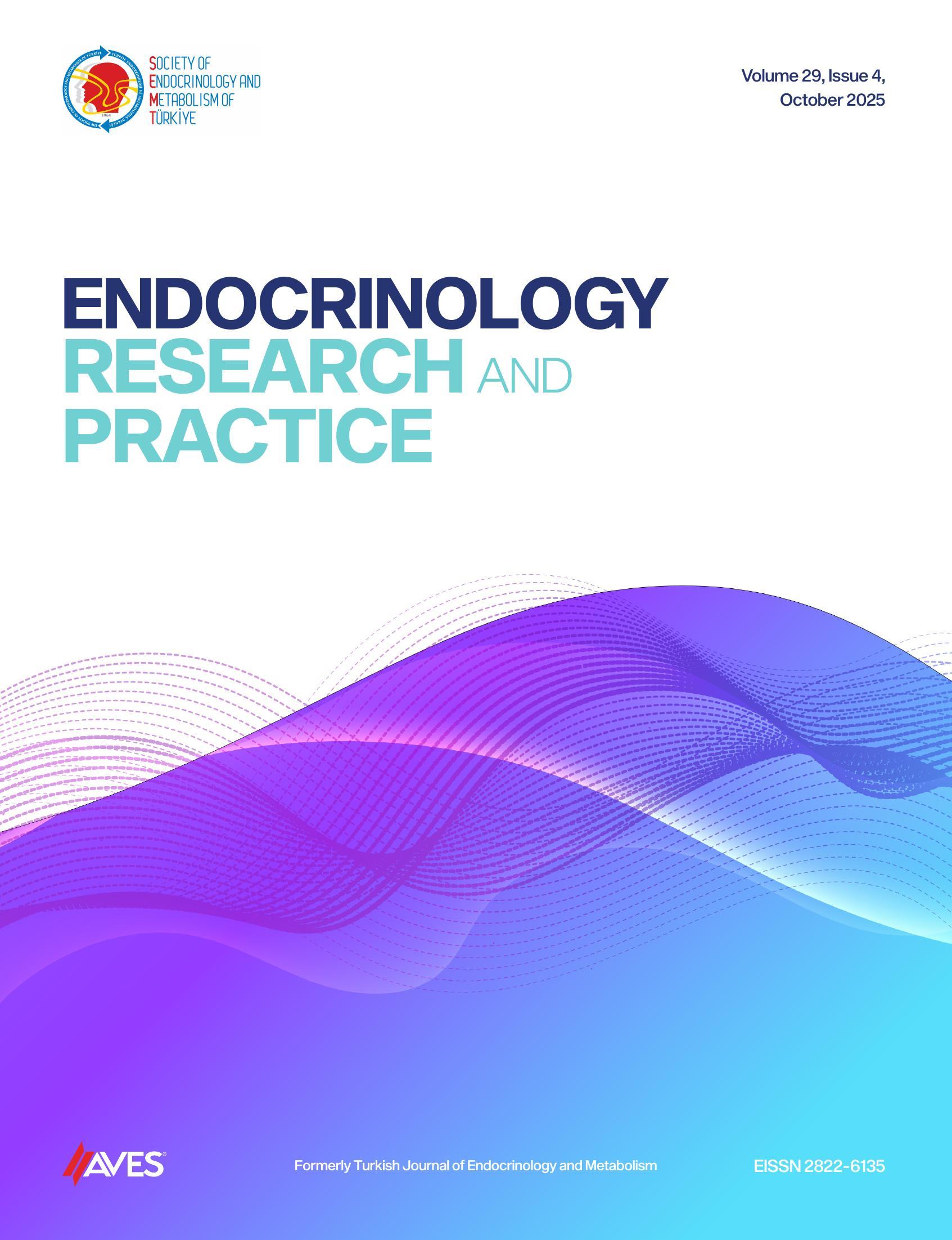The exact points of weakness along the aging hypothalamus–pituitary–testicular (HPT) axis remain
undetermined. In this review, the HPT axis in healthy older males will be analyzed and compared to
that in younger males. A systematic review of published literature related to “aging males” and the
“hypothalamus–pituitary–testicular axis” was conducted using the PubMed, Web of Science, Google
Scholar, and Embase online databases for articles published between January 1, 2003, and December
31, 2023. Gonadotropin-releasing hormone (GnRH) exhibits increased potency and a lower maximal
effect on luteinizing hormone (LH) secretion with age. Serum LH, follicle-stimulating hormone (FSH),
sex hormone-binding globulin (SHBG), and estradiol levels increase with age while the serum LH and
testosterone (T) coordination desynchronize. Serum total testosterone (TT) levels decrease, and serum
free testesterone(FT) and serum bioactive testesterone(FT) levels decrease even more. Indicators of
Leydig and Sertoli cell function respectively, insulin-like 3 peptide decreased, and inhibin-B remained
stable. Aging hypogonadism is a primary hypogonadism because serum gonadotropin levels increase
as serum T levels decrease. However, there is also evidence that GnRH and LH stimulation decrease
with age. A loss of Leydig cell function and a decrease in Sertoli cell count is observed via serum indi-
cators. Additionally, SHBG is implicated in the difference between serum TT and serum FT and BT. Due
to the numerous influences on aging hypogonadism in men without comorbid endocrine disorders,
it may be more accurate as global hypogonadism. Further study is needed for the various locations of
desynchrony, hopefully leading to treatment and prevention options.
Cite this article as: Goldblatt J, Dalloul M, Muneyyirci-Delale O. The hypothalamus–pituitary–testicular axis in a healthy aging male. Endocrinol Res Pract. 2025;29(3):261-266.

-1(1).png)

.png)